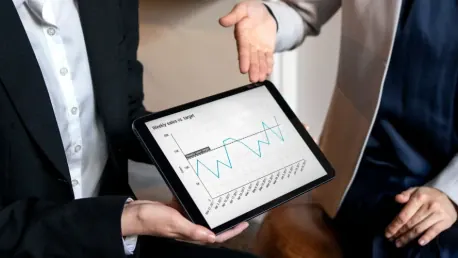
Cognitive analytics refers to the use of advanced technologies to emulate the human brain's functions, enabling the extraction of meaningful insights from vast amounts of structured and unstructured data. By mimicking human thought processes, cognitive analytics helps businesses make

Anomaly detection has become a vital tool in modern business, enabling organizations to pinpoint irregularities within vast datasets. This capability is indispensable for various applications, ranging from fraud prevention to operational optimization. The advent of big data and dynamic graph

The field of natural language processing (NLP) has seen remarkable advancements in recent years, largely driven by the development of large language models. These models, capable of understanding, generating, and analyzing human language, require extensive datasets for effective training. However,

As we move further into the digital age, the ability to accurately forecast and predict future trends through data analysis has become paramount for organizations across various sectors. The rise of data-driven decision-making has pushed the demand for refined and sophisticated forecasting tools.

In today's rapidly changing business environment, organizations must continuously adapt their planning, budgeting, and forecasting (PB&F) processes to stay competitive. The complexity of modern markets and the pace of technological advancement mean that traditional PB&F methods can no

Forecasting represents a structured technique utilized by businesses and investors to derive informed predictions about future events or conditions. By exploiting historical data, expert analysis, and complex mathematical models, forecasting aids in allocating portfolios and managing budgets. While